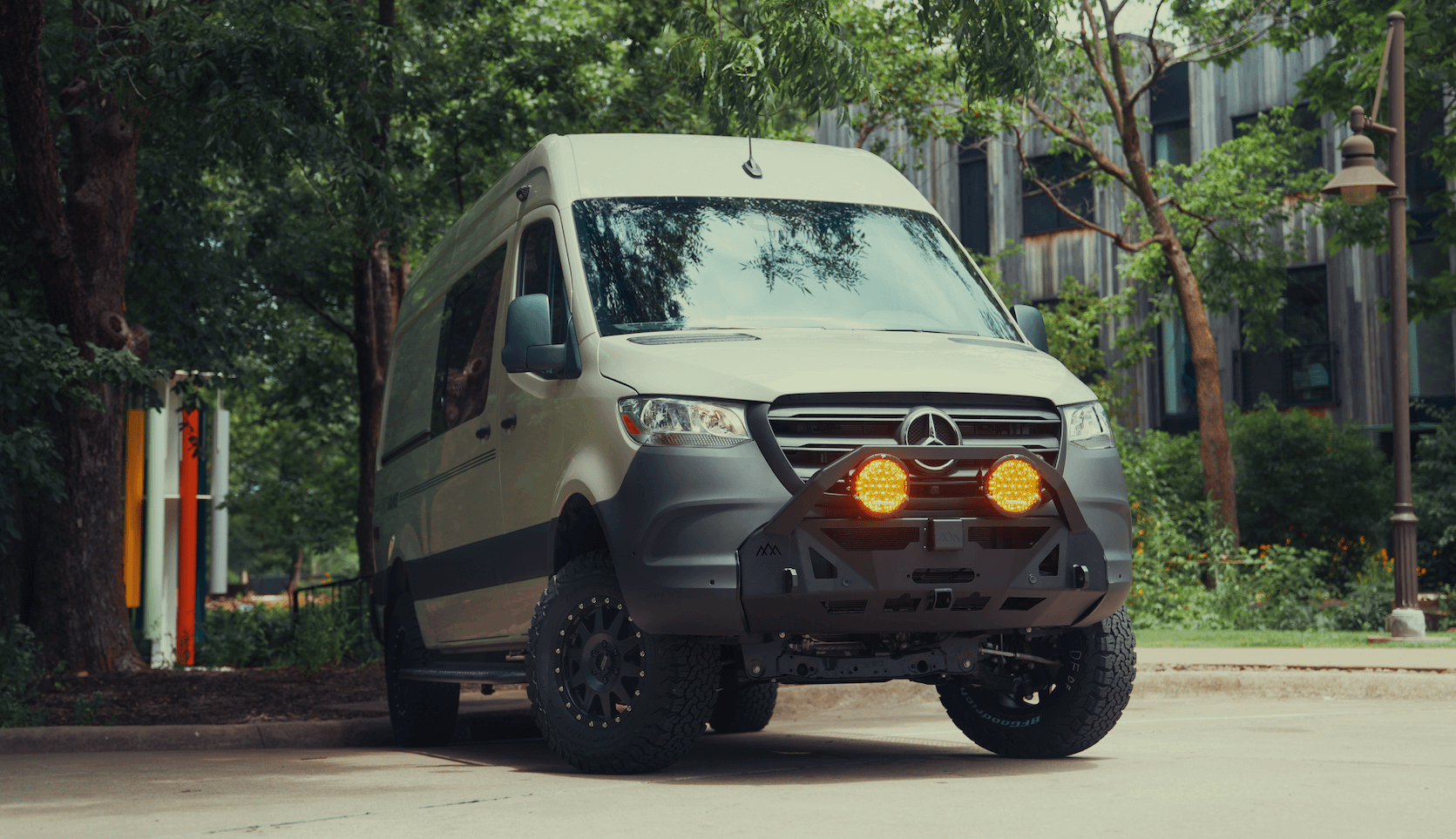Recreational Vans

Box vans and step vans start with a cab and a square cargo box, which gives a converted camper straight walls, real headroom, and wide floor options. The right platform offers stout frames and higher payload than many factory RVs, making heavy batteries, water, and gear manageable when weight is balanced. The square shape is easier to insulate with rigid foam or wool batts, and cabinets mount cleanly to flat surfaces. Owners trade some highway efficiency for interior volume, but careful tire selection, speed discipline, and clean roof layouts can help economy and handling. For riders, climbers, and families, the result is a roomy, gear friendly basecamp.
Chassis choices range from cutaway vans like Ford E350 or E450, Chevy Express, and Ram cab chassis to commercial step vans such as Freightliner MT45 or Isuzu NPR. Each has different wheelbases, turning radius, and gross vehicle weight ratings, so matching box length to lifestyle is essential. Taller boxes allow overhead storage and loft beds; shorter boxes park easier in cities. For cold climates, look for aluminum framed boxes with minimal thermal bridging and room underfloor for tanks.
Start with non negotiables. Sleeping orientation, bike or moto storage, shower needs, work zones, and pet space dictate the layout. The most common plans place a garage under a raised bed at the rear, a center kitchen, and a forward lounge or dinette near the side door. Wide boxes enable twin beds with a middle aisle or a transverse bed with cabinets above.
Flat walls invite precise framing using aluminum or wood furring strips to create a thermal break from the metal skin. Insulation choices include rigid foam with taped seams, mineral wool for fire resistance, or sheep wool for moisture buffering. Vapor management matters in a converted camper. Use smart membranes or careful sealing to steer moisture to ventilated zones. Penetrations for fans, heaters, or solar wiring must be sealed with proper butyl and compatible coatings to prevent leaks.
A box van motorhome excels when power is right sized. Lithium batteries with a high output alternator charger deliver consistent energy without idling. Combine a pure sine inverter with a 12 volt first mindset to reduce draw. Roof fans, a diesel or gas fired air heater, and thoughtful window placement control comfort with less power. If air conditioning is required, consider 12 volt capable units or a high efficiency mini split mounted on a reinforced bracket, then size the battery bank and alternator accordingly.
Fresh and gray tanks can mount inside for freeze protection or in heated enclosures under the box. Space efficient showers use a wet bath or a pull out pan with a quick drain to a gray tank. Many converted box van owners choose a cassette or composting toilet to reduce plumbing complexity. Safety is non negotiable. Add a second egress point, hard mounted tie downs for large items, fire extinguishers, and both carbon monoxide and smoke detectors. If adding a rooftop deck, spread the load across structural members and seal fasteners correctly.
Many states allow reclassification from commercial truck to motorhome once specific amenities are installed, such as a bed, cooking, and water. That can simplify insurance and tolls, but rules vary by state, so confirm documentation before the first road trip. Weight compliance is critical. Weigh the rig on all four corners to check axle loads after finishing a converted camper. Upgrade tires to the correct load rating, verify speed ratings, and torque lug nuts to spec.
Driving a converted box van is a different rhythm than a sleek cargo van. The tall roof catches crosswinds, so sway bars, tuned shocks, and proper tire pressures make a noticeable difference. Back up cameras and perimeter lighting reduce stress in tight lots. Many owners choose a 10 foot or 12 foot box to keep overall length manageable while preserving a real garage. Height awareness matters at trailheads, older bridges, and drive thrus. Plan routes with realistic speeds to protect range, reduce heat, and improve ride quality.
Costs vary widely by chassis, box condition, and systems. A clean fleet maintained step van may offer a solid starting point, while a newer cutaway with a composite box brings better sealing and fewer repairs. Either way, the craftsmanship behind insulation, wiring, and structure determines long term reliability far more than décor.
OZK Customs builds for travelers who expect years of trouble free miles. If you want your converted box van to feel planted, quiet, and easy to live in, our Fayetteville Arkansas team can translate your priorities into a clear plan and a proven build sequence. From power systems and climate control to cabinetry and mounting solutions, we focus on function, safety, and serviceability so your converted camper works as hard as you do.
Tell us how you travel, how much gear you carry, and where you sleep most nights. OZK Customs will translate that into a smart, dependable box van motorhome with clean wiring, proper weight balance, and a quiet interior. Submit the form below to schedule your consult and begin your converted camper plan with a builder that lives this lifestyle in Northwest Arkansas.
Ready to spec a converted camper the right way? Tell us how you travel, and OZK Customs will translate that vision into a road proven build. Submit the form to book a consult, get a clear scope, and see why travelers nationwide pick our Fayetteville Arkansas team for reliable custom vans.
ADDRESS:
6159 E Huntsville Rd, Fayetteville, AR 72701
PHONE:
(479) 326-9200
EMAIL:
info@ozkvans.com